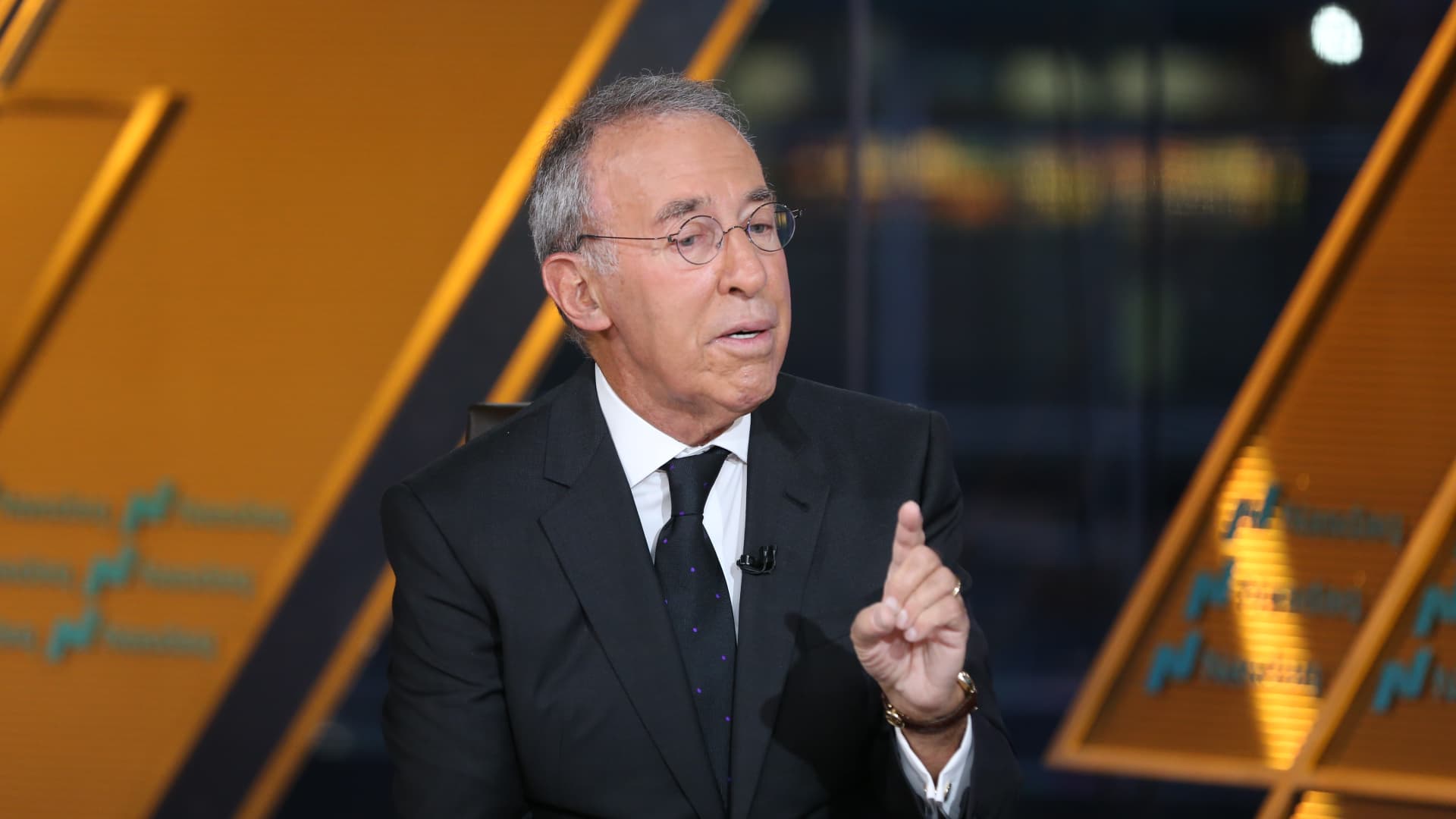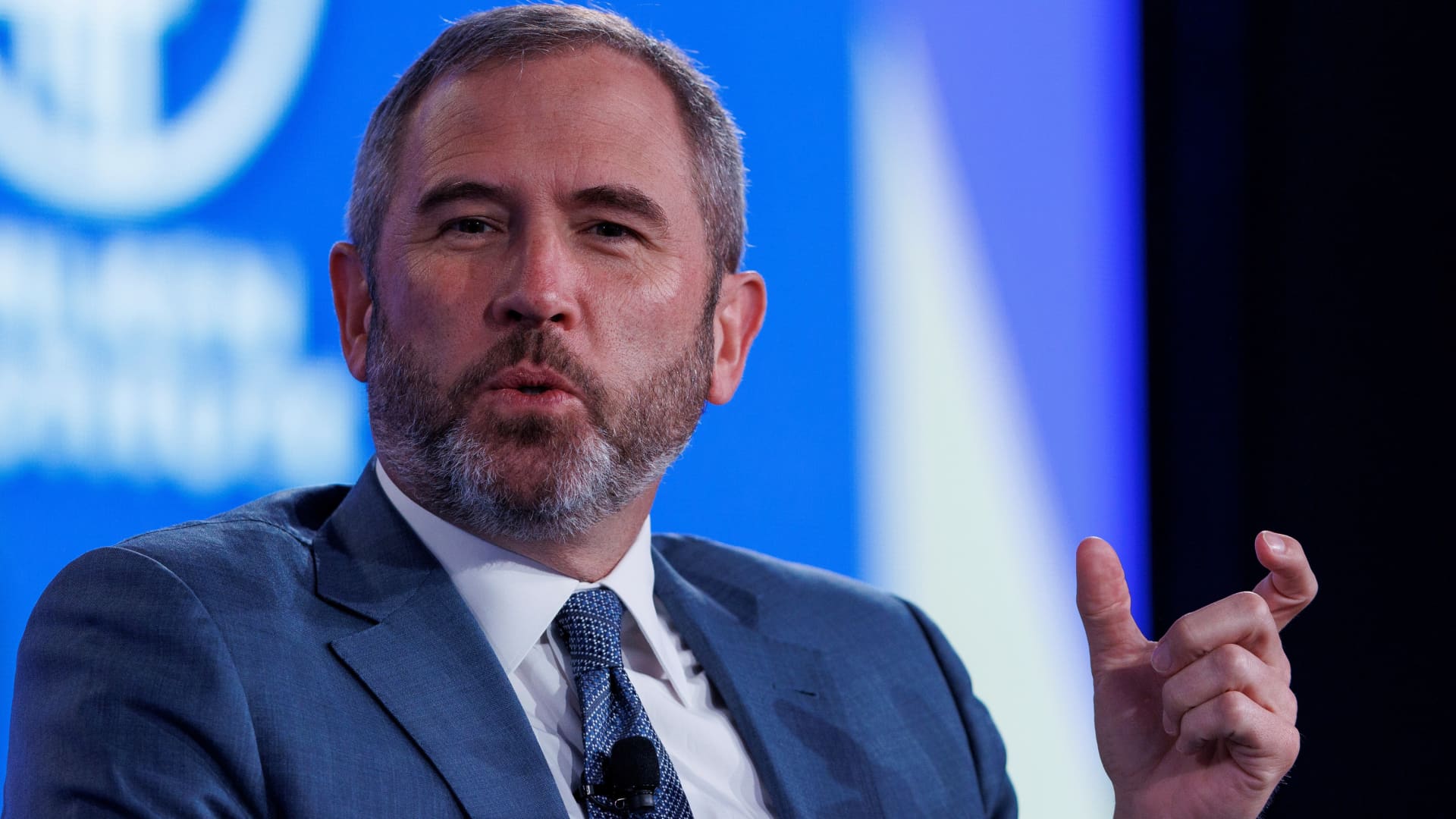Here’s How Much the Average Retired Person Spends Per Month. Will You Have Enough?
:max_bytes(150000):strip_icc():format(jpeg)/GettyImages-1036554940-c4c846ff8f1b49ef95b59e908088153b.jpg)
:max_bytes(150000):strip_icc():format(jpeg)/GettyImages-1036554940-c4c846ff8f1b49ef95b59e908088153b.jpg)
FatCamera / Getty Images
One of the most pressing questions individuals face is: How much money will I need to maintain a comfortable lifestyle once I stop working? To answer that question, you have to understand the average monthly expenses of retired individuals and evaluate whether your savings will be enough.
Generally speaking, on average, you’ll need around $5,000 per month after retirement.
Key Takeaways
- The average retired household spends around $5,000 per month, with housing, healthcare, and food being the largest expense categories.
- With a median 401(k) balance of $210,724, retirees relying on the 4% withdrawal rule and Social Security benefits often face a shortfall in covering monthly costs.
- Retirees can bridge the gap by boosting savings, delaying retirement, cutting discretionary expenses, or exploring additional income sources like part-time work or rental properties.
Average Monthly Expenses for Retirees
The U.S. Bureau of Labor Statistics (BLS) provides valuable insights into spending patterns of retired households. According to data from the Consumer Expenditure Surveys (CES), the average retired household spends approximately $5,000 per month. Note that this information is based on data collected on 2023 spending and is the most recent available. This includes, in its total, but is not limited to:
- Housing. Costs include mortgages, property taxes, utilities, and maintenance. Retirees who have paid off their mortgages generally face lower monthly costs.
- Healthcare. Even with Medicare coverage, a retiree’s budget can be strained by out-of-pocket premiums, co-pays, prescription drugs, and long-term care.
- Food. Food spending tends to decline slightly in retirement compared to preretirement years. However, dining out and special dietary needs can influence individual costs.
- Transportation. While commuting expenses drop, retirees can still spend on vehicle maintenance, insurance, fuel, and recreational travel.
Will Your Savings Be Enough?
One benchmark to assess your retirement readiness is your total savings and investment portfolio. Data from Empower reveals the median 401(k) balance for individuals ages 60 to 69 is $210,724. Perhaps more important is data that shows the average balance for this age range was $573,624.
It’s important to consider how this balance decreases by age. For example, Empower also reported the median balance for those in their 70s was $106,654. This is a function of (1) individuals leaving a workforce and rolling over their retirement savings to other retirement accounts and (2) needing to draw down their retirement accounts. Consider the statistic above about needing $60,000 per year (all while perhaps not having income other than retirement benefits).
A commonly used retirement planning rule is the 4% withdrawal rule, which suggests withdrawing 4% of your savings annually to provide a steady income while preserving your principal.
Strategies to Bridge the Gap
If your current retirement projections indicate a shortfall, don’t panic. There are actionable steps you can take to ensure financial security:
- Maximize 401(k) Contributions. For 2025, the Internal Revenue Service (IRS) allows individuals ages 50 and older to contribute up to $31,000 annually to their 401(k).
- Contribute to IRAs. Beyond employer-sponsored plans, individuals can save $7,000 (or more in certain circumstances) in traditional or Roth individual retirement accounts (IRAs).
- Increase Social Security Benefits. Each year you delay claiming Social Security past your full retirement age, your benefits increase by 8%, up to age 70.
- Evaluate Retirement Spending. Consider what you will need to spend money on in your post-career period. Decreasing costs can be just as good as increasing income.
The Bottom Line
The average retired household in the United States spends approximately $5,000 per month, covering expenses like housing, healthcare, food, transportation, and discretionary spending. With the median 401(k) balance for individuals ages 60 to 69 at $210,724, applying the 4% withdrawal rule provides about $702 per month—which, when combined with the average monthly Social Security benefit of $1,976, still falls short of covering typical expenses.
If you find yourself in this boat, consider some techniques to increase your savings or decrease your expenses.









